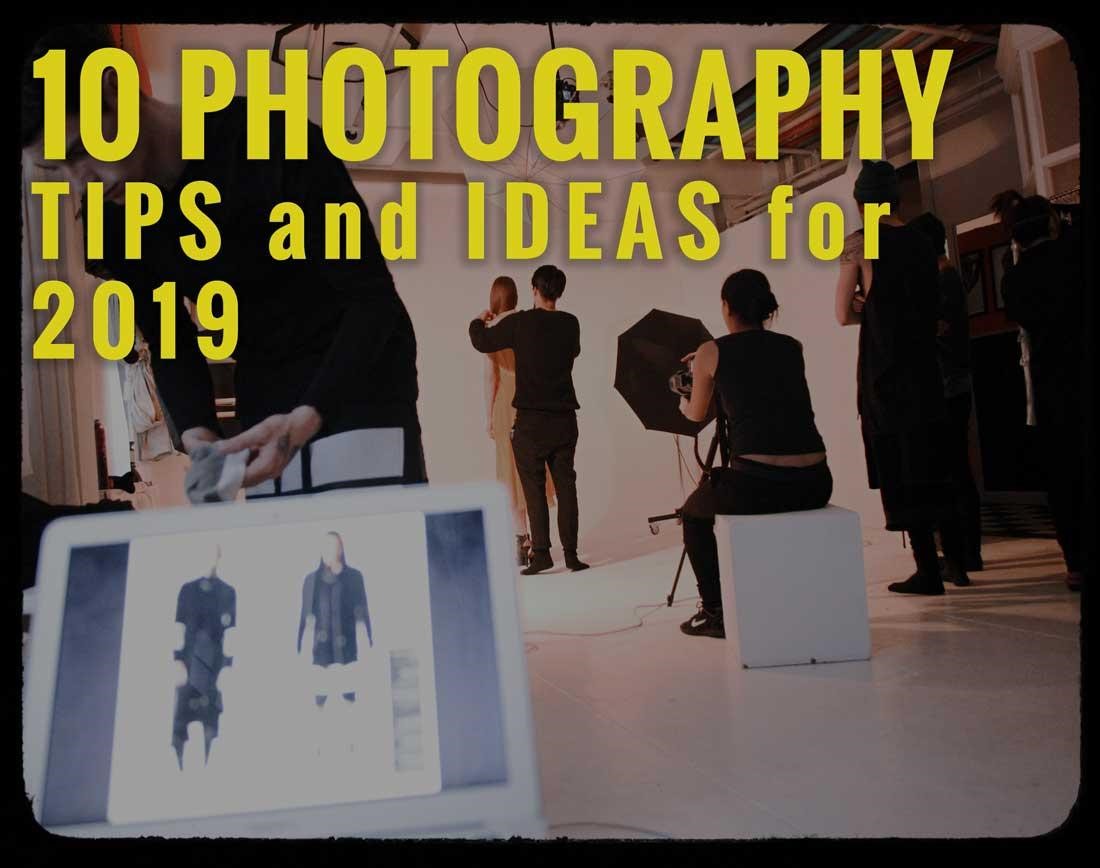
10 Photography Tips and Ideas – For 2019 by Michael William Paul
Photography is unquestionably the art form of the modern-day – virtually everyone has access to a camera and any simple, high-level editing software has transformed the medium. With all of this, a new generation of beginner photographers are upon us, in numbers greater than we’ve seen in the past. What about those who want to advance beyond the rookie realm? do they need photography school? Learning any kind of creative creative discipline can be challenging, not just for people’s ideals, but like any specialty field it can be hard on the bank accounts. So here with 10 Photography Tips and Ideas for 2019, let’s explores some ideas to help the beginner break out of their shell.
Let’s explores some of the 10 photography tips and ideas with Michael William Paul.
Play With Shapes
A metaphor can be a compelling tool in a photographer’s mind. Even if you’re not looking for it, you can still discover surprising relationships among lifeless things and compose a powerful image out of it. All you have to do is to associate it with your subjects and create something to tie them together. That could be their color, shape or any other formal correspondence, how they interact or fit together, or even how they oppose or contrast one another.
Do Some Macro Photography
Macro photography is extremely more convenient than people know. You don’t require a high macro lens – just the things you already have, plus an expansion tube. With a 50mm prime lens and a particular extension, a tube is going to get you magnificent close-up images, although it takes some time to acquire the appropriate procedures for macro photography, this is a fun way to practice and experiment. Try it out you’ll see!
Focus on the eyes
While eye contact and connection is not the only definition of a portrait, eyes that are in focus is generally the practice. Manually choose an AF point that’s placed over one of your model’s eyes, or use the convenient focus point to lock focus on their eye. Then, with the shutter release half-pressed to keep the setting locked, then recompose your photograph before getting the shot, this is a great practice to help with framing while maintaining focus.
Impromptu camera supports
You don’t always require a tripod to keep your camera constant – holding it toward a wall or tree will assist you to help camera shake, and a beanbag (or just a bag of rice) can also provide you a more stationary shooting platform. Empty pillow cases filled with sand can help support a camera stand or other mounts when in the field as well.
Test with exposure
Exposure can make or break any photo and it is the key in showcasing a subject in all their splendor or finishing up with a shot that leaves them seeming like a shadow of their real self. Continuously tap the screen/or shutter to lock focus on the subject you’re photographing. This is especially beneficial when shooting people against skies. It hinders you from having dark images.
Work with Your Composition (no not competition)
To take strong photos, you need to be engaged with what you’re doing. Don’t just fly by on autopilot. Instead, put thought into your composition and try to make your photos as good as possible. Depth, weight and framing!!!
Study Basic Post-Processing
Post-processing isn’t very high on the typical photographer’s priority list, in fact most of us hate getting stuck in the editing room or on photoshop. But it is a critical skill to adapt too. Sometimes, with the right post-processing, a good photo can turn into something really extraordinary.
Play With Backgrounds
The person in your portraiture is the principal point of attention – however sometimes when you place them into various contexts with varying backgrounds you can dramatically alter the mood in a shot. Sometimes you want your framework to be as minimalist as possible. While other times a climactic or vivid framework can help your subject really stand out. Also keep in mind the props and scene construction as Art direction plays a vital role in the whole story.
Slow down
Take time to speculate about whatever is running on in the viewfinder before squeezing the shutter. How are you going to make the shot? How are you going to light it? Don’t dive upright in without giving it some thought first. Think about your scene, look around and become attentive to the mood and atmosphere around you!
Shoot at night
Night photography in the city is a fabulous chance for unprecedented photographs. It’s not as straightforward as shooting during the day; you will require to be mindful of low shutters speeds to withdraw blur and use your ISO and aperture to remunerate for low light. The great thing is that many of these new cameras offer amazing low light and ISO settings.
According to Michael William Paul Reviews, these were 10 photography tips and ideas that can help you to take better pictures. For more information or queries regarding photography, one can leave a comment in the comment section below.

